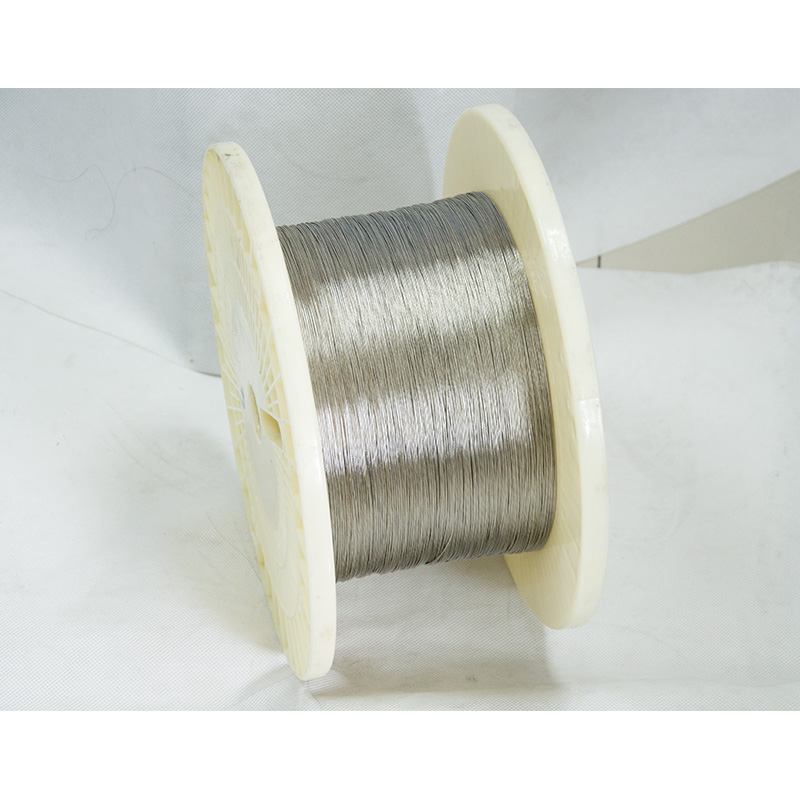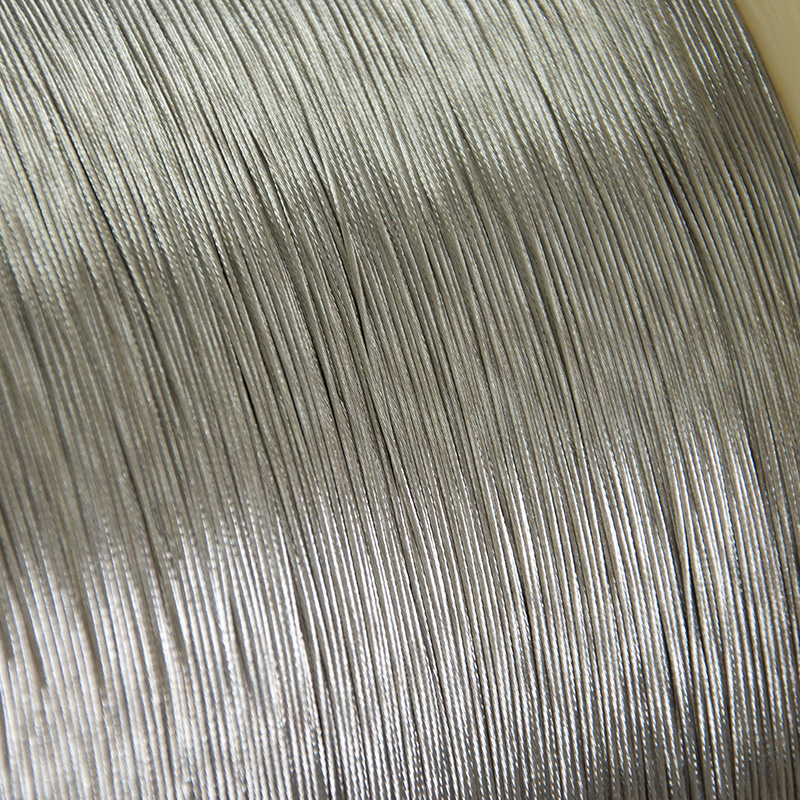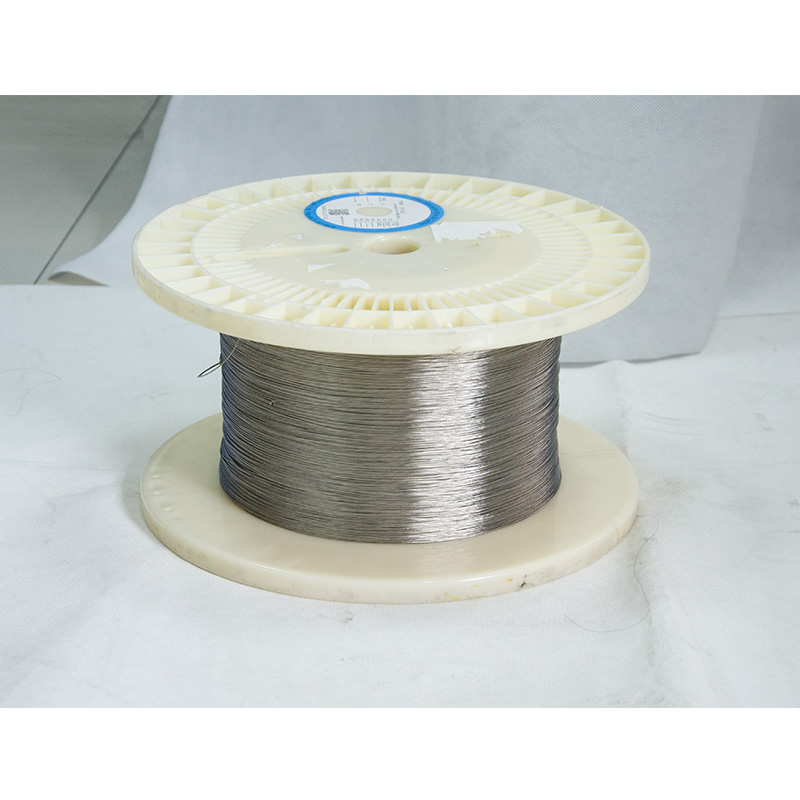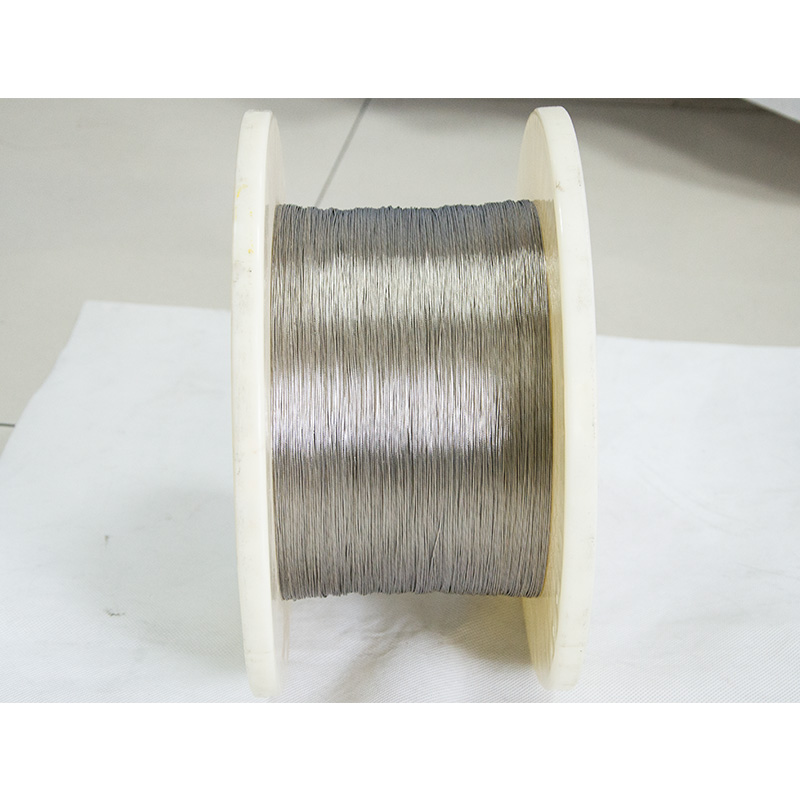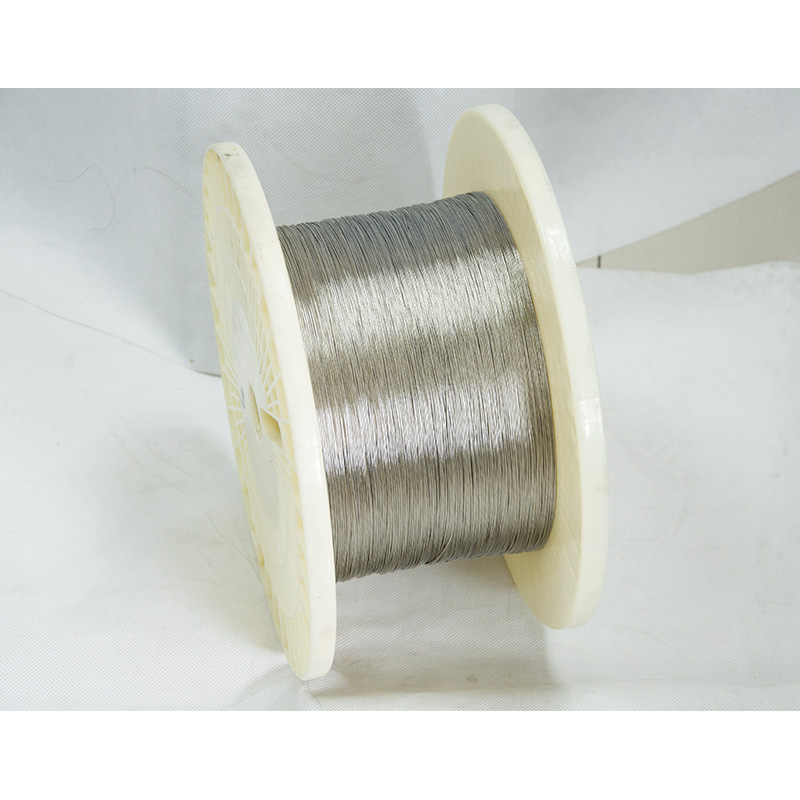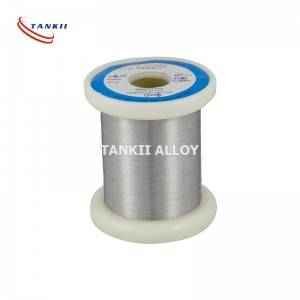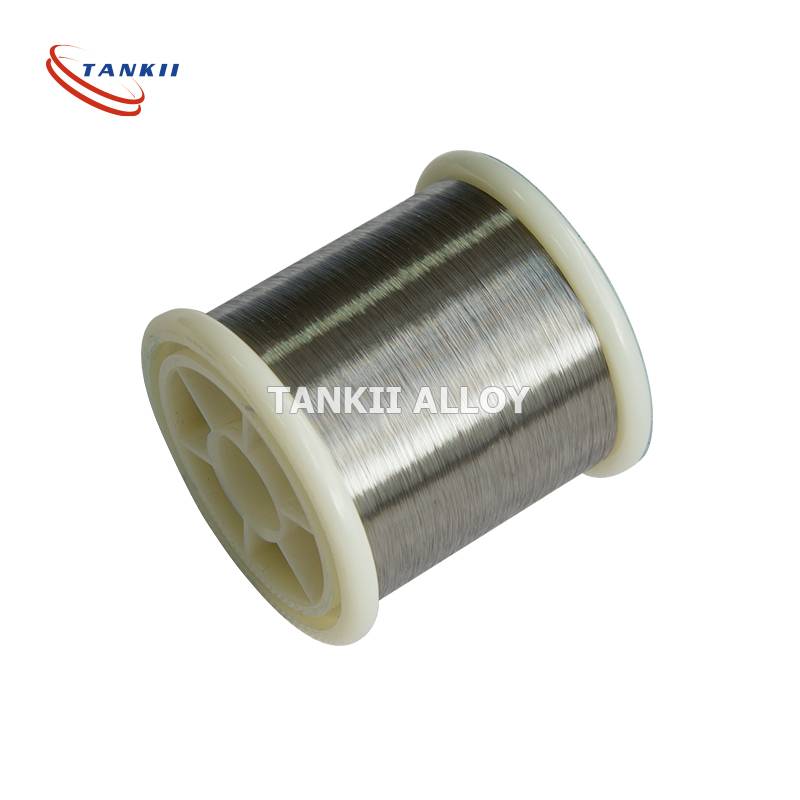Twist wire Fecral Alloys Heating Ribbon Stranded Wire
Product Description
FeCrAl alloys heating ribbon wire
1. Introduction to products
FeCrAl alloy is a ferritic iron-chromium-aluminium alloy with high resistivity and has superior oxidation resistance for use at temperatures up to 1450 centigrade degree., as compared to other commercial Fe and Ni base alloy.
2. Application
Our Products are widely applied to chemical industry, metallurgy mechanism, glass industry, ceramic industry, home appliance area and so on.
3. Properties
Grade: 1Cr13Al4
Chemical Composition: Cr 12-15% Al 4.0-4.56.0% Fe Balance
Stranded wire is composed of a number of small wires bundled or wrapped together to form a larger conductor. Stranded wire is more flexible than solid wire of the same total cross-sectional area. Stranded wire is used when higher resistance to metal fatigue is required. Such situations include connections between circuit boards in multi-printed-circuit-board devices, where the rigidity of solid wire would produce too much stress as a result of movement during assembly or servicing; A.C. line cords for appliances; musical instrument cables; computer mouse cables; welding electrode cables; control cables connecting moving machine parts; mining machine cables; trailing machine cables; and numerous others.
At high frequencies, current travels near the surface of the wire because of the skin effect, resulting in increased power loss in the wire. Stranded wire might seem to reduce this effect, since the total surface area of the strands is greater than the surface area of the equivalent solid wire, but ordinary stranded wire does not reduce the skin effect because all the strands are short-circuited together and behave as a single conductor. A stranded wire will have higher resistance than a solid wire of the same diameter because the cross-section of the stranded wire is not all copper; there are unavoidable gaps between the strands (this is the circle packing problem for circles within a circle). A stranded wire with the same cross-section of conductor as a solid wire is said to have the same equivalent gauge and is always a larger diameter.
However, for many high-frequency applications, proximity effect is more severe than skin effect, and in some limited cases, simple stranded wire can reduce proximity effect. For better performance at high frequencies, litz wire, which has the individual strands insulated and twisted in special patterns, may be used.
The more individual wire strands in a wire bundle, the more flexible, kink-resistant, break-resistant, and stronger the wire becomes. However, more strands increases manufacturing complexity and cost.
For geometrical reasons, the lowest number of strands usually seen is 7: one in the middle, with 6 surrounding it in close contact. The next level up is 19, which is another layer of 12 strands on top of the 7. After that the number varies, but 37 and 49 are common, then in the 70 to 100 range (the number is no longer exact). Even larger numbers than that are typically found only in very large cables.
For application where the wire moves, 19 is the lowest that should be used (7 should only be used in applications where the wire is placed and then does not move), and 49 is much better. For applications with constant repeated movement, such as assembly robots and headphone wires, 70 to 100 is mandatory.
For applications that need even more flexibility, even more strands are used (welding cables are the usual example, but also any application that needs to move wire in tight areas). One example is a 2/0 wire made from 5,292 strands of #36 gauge wire. The strands are organized by first creating a bundle of 7 strands. Then 7 of these bundles are put together into super bundles. Finally 108 super bundles are used to make the final cable. Each group of wires is wound in a helix so that when the wire is flexed, the part of a bundle that is stretched moves around the helix to a part that is compressed to allow the wire to have less stress.





